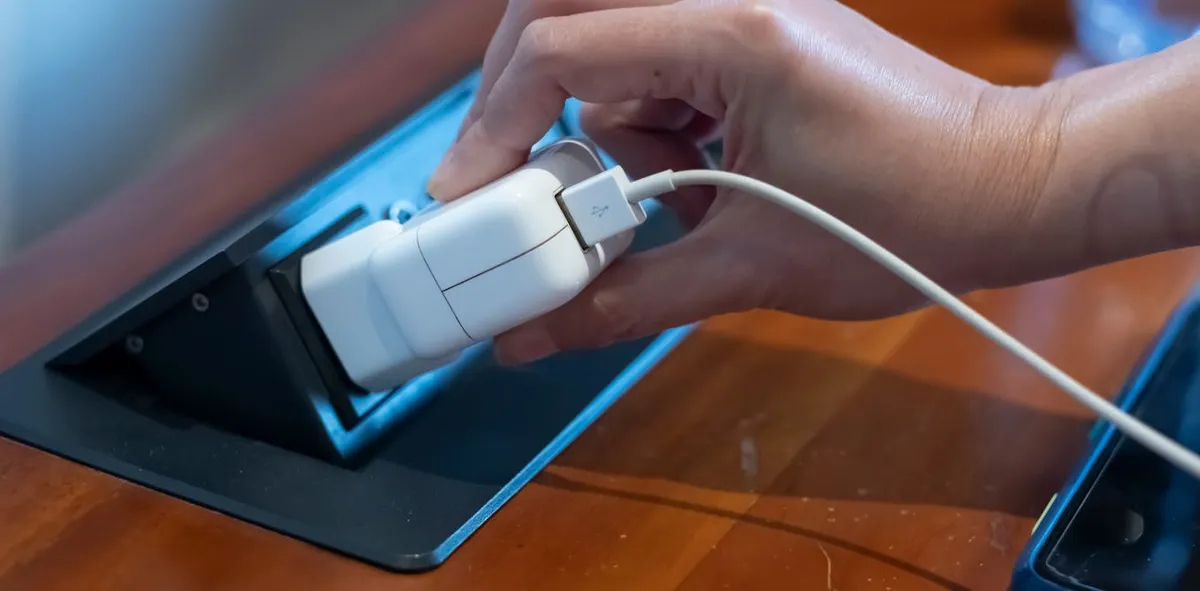
In today's world, we are constantly surrounded by rechargeable electronic devices, including mobile phones, laptops, smart watches, headphones, and even e-bikes. It’s common to find a phone charger plugged in next to your bed, often left on without being switched off or unplugged when not in use. Similarly, you might have a laptop charger permanently stationed on your desk. But is this habit risky? Are there hidden costs associated with leaving chargers plugged in all the time? Let's explore these questions in detail.
Not all chargers are created equal. Depending on their application and power requirements, the internal structure of chargers can range from simple to complex. Typically, a charger converts AC (alternating current) from your wall plug into a low-voltage DC (direct current) suitable for charging your device's battery. To grasp the difference between DC and AC, consider the flow of electrons. In a DC circuit, electrons flow in one direction, continuously circulating within the circuit. In contrast, AC circuits feature electrons that oscillate back and forth.
The historical rivalry between inventors Thomas Edison and Nicola Tesla established the foundation for our continued use of both types of current. Electricity is predominantly generated in AC form, but modern appliances and batteries require DC. This necessity is why almost every electrical device comes equipped with an AC–DC converter.
A typical charger employs several electrical components to convert AC to DC. These components include a transformer, a circuit for conversion, filtering elements to enhance the quality of output DC voltage, and control circuitry for regulation and protection. Understanding these components is essential for appreciating how chargers function.
One of the lesser-known facts about chargers is that they can consume power even when they are not actively charging a device. This phenomenon, often referred to as “vampire power” or standby power, means that a charger will draw a small amount of energy continuously. Part of this energy is necessary to keep control and protection circuits operational, while the remainder dissipates as heat.
While the vampire power draw from a single charger may seem negligible, the cumulative effect of multiple chargers in your home can lead to significant energy waste over time. Standby power is not exclusive to chargers; other electronic devices, such as TVs, also consume standby power. Depending on how many devices you leave plugged in, the total energy wasted could reach several kilowatt-hours annually.
Fortunately, modern chargers are designed with energy efficiency in mind. Many come equipped with smart power management components that allow them to enter sleep mode until a device attempts to draw power, thereby minimizing standby power consumption.
In addition to the energy costs, there are other risks associated with leaving chargers plugged in. Chargers can wear out over time, especially when subjected to fluctuations in electricity grid voltage. The grid can be unpredictable, and various voltage spikes can occur, which may shorten the lifespan of your chargers. While this premature aging is less concerning for high-quality, modern chargers due to their improved design, it poses a significant risk for cheap, uncertified chargers that often lack adequate protection and can even become fire hazards.
Although modern chargers are generally safe and designed to draw minimal standby power, it is wise to consider unplugging them when not in use, especially if it is convenient to do so. Additionally, if a charger feels warmer than normal, makes unusual noises, or shows any signs of damage, it is crucial to replace it immediately. Keeping your chargers safe not only protects your devices but also contributes to energy conservation.
In conclusion, while living with numerous chargers is a common reality, being mindful of their usage and potential risks can help you save energy, extend the life of your devices, and ensure your safety at home.